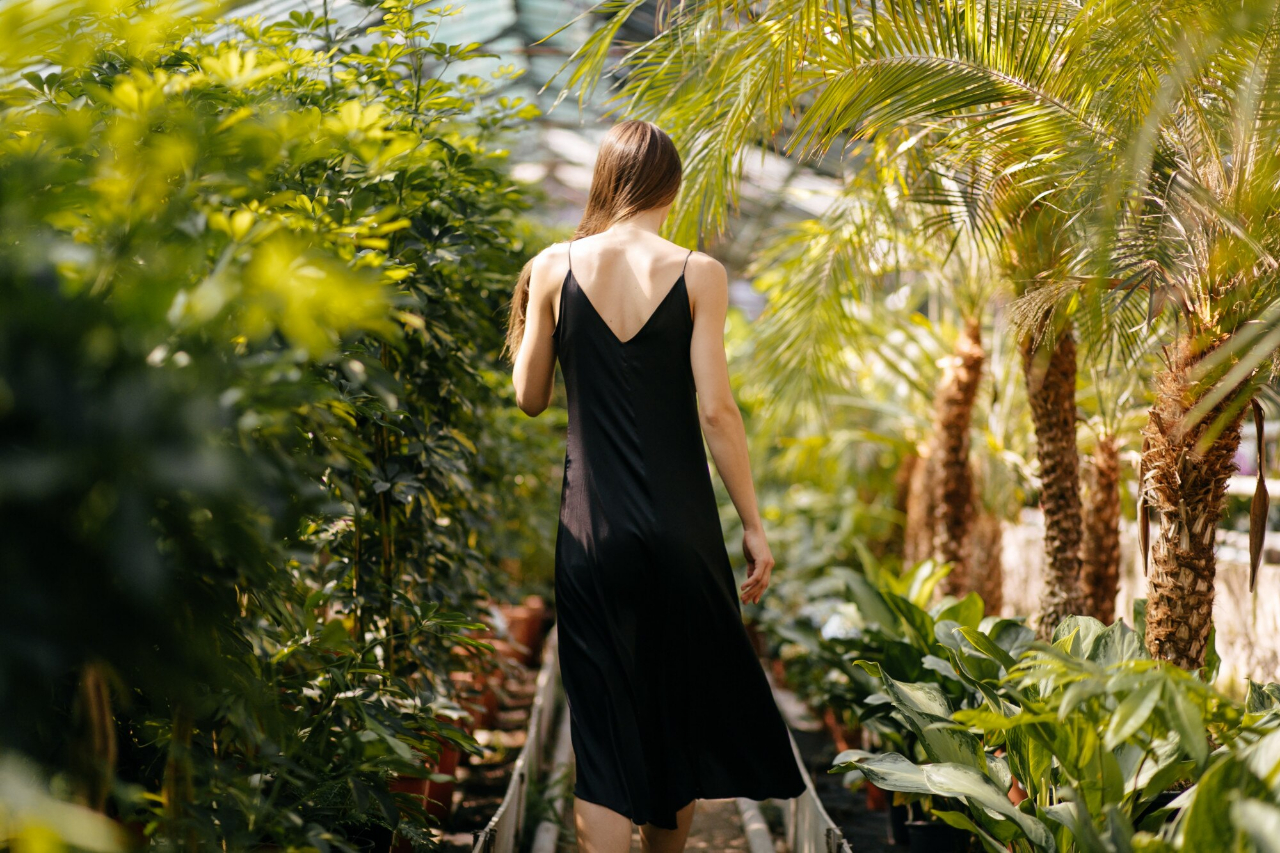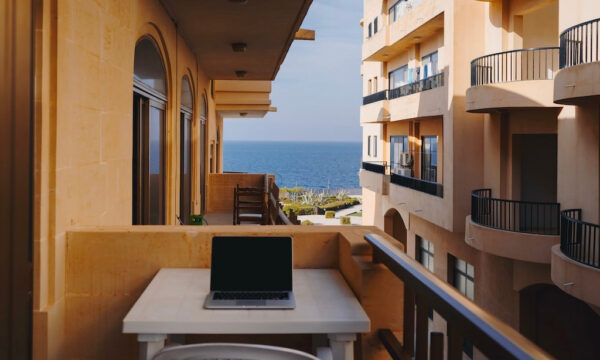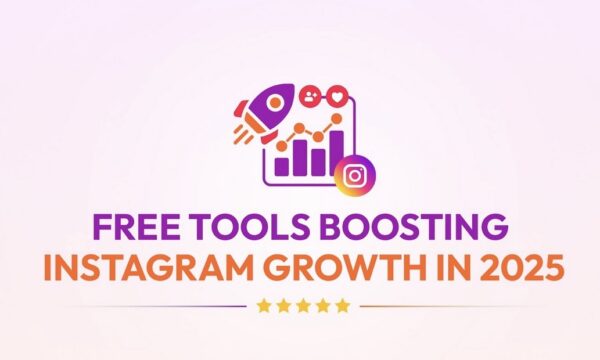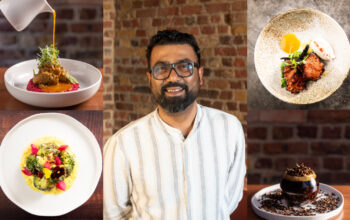The charm of slow living: Opting for simplicity in a fast-paced world

With how fast-paced the current generation is, the concept of taking a breather or slowing down mostly is put aside. The modern, technology-inclined individuals seem to soak up the pressure of continually keeping up with the trend and forget to embrace simplicity and the beauty of pause. This lifestyle movement emphasises choosing what really matters and appreciating life’s moments rather than moving slowly. This article explores the benefits of slow living in detail and offers doable strategies for implementing it in the day-to-day.
Anyway, Tongits, a Pinoy game, has migrated online. Among the platform offering Tongits online is GameZone. Play the GameZone’s own version of the card game that ranges from traditional how to play tongits to new iterations.
What is slow living?
Slow living is a mindset and lifestyle that encourages individuals to step away from the relentless hustle and busyness of modern life. It promotes living intentionally, focusing on quality over quantity, and being fully present in everyday experiences. Rather than rushing through tasks or multitasking, slow living invites us to simplify our routines, declutter our schedules, and prioritise meaningful activities.
Originating from the slow food movement in the 1980s, slow living has expanded into a broader cultural shift encompassing work, relationships, consumption, and leisure. It’s about making conscious choices that align with someone’s values, fostering mindfulness, and cultivating gratitude for life’s simple pleasures.
Why slow living matters in 2025
The benefits of slow living extend beyond just feeling calmer. In a world overwhelmed by constant notifications, back-to-back meetings, and societal expectations to always be productive, slow living offers several vital advantages:
Enhanced mental clarity and reduced stress
When life moves too fast, our minds become cluttered with endless to-dos and distractions. Slowing down creates mental space for clarity, better decision-making, and reduced anxiety. Mindfulness practices, such as meditation or simply focusing on one task at a time, help break the cycle of overwhelm and foster emotional resilience.
Deeper, more meaningful relationships
Fast-paced living often leads to superficial interactions. Slow living encourages being fully present with loved ones, listening attentively, and investing time in nurturing relationships. This focus on quality over quantity strengthens bonds and fosters genuine connection.
Improved physical health and wellbeing
Burnout, fatigue, and chronic stress are common in today’s society. Embracing a slower pace allows for adequate rest, better sleep, and more time for self-care activities like cooking nutritious meals, exercising mindfully, and spending time in nature-all of which contribute to overall health.
Greater appreciation of life’s simple joys
Slow living invites us to savor everyday moments, whether it’s enjoying a quiet cup of coffee, walking barefoot on grass, or reading a book without distractions. These small pleasures often bring the most lasting happiness and contentment.
Positive environmental impact
Slow living aligns closely with sustainable practices. By consuming less, choosing quality over quantity, supporting local businesses, and reducing waste, slow living helps reduce our ecological footprint and promotes environmental stewardship.
How to embrace slow living: Practical tips
Adopting slow living doesn’t require a complete lifestyle overhaul. Small, intentional changes can significantly enhance wellbeing and outlook.
Declutter the schedule
Evaluating commitments and identifying what truly brings joy or value is crucial. Learning to say no to activities that cause stress or don’t align with priorities is advisable. It’s important to leave space in the calendar for rest, spontaneity, and reflection.
Practice mindfulness daily
Cultivating presence through meditation, deep breathing, or mindful walking helps appreciate the moment and reduces mental chatter. Even dedicating a few minutes a day can improve focus and calm.
Limit digital distractions
Set boundaries around screen time by designating tech-free periods, turning off non-essential notifications, or taking digital detoxes. Use technology intentionally to connect with supportive communities or pursue hobbies rather than mindless scrolling.
Connect with nature
Spend regular time outdoors without devices. Activities like gardening, hiking, or simply sitting in a park can lower stress hormones and boost mood.
Simplify consumption
Opt for quality over quantity in everything from clothing to food. Support sustainable brands, buy secondhand, and embrace minimalism to reduce clutter and environmental impact.
Cultivate gratitude
Maintain a journal or simply pause each day to reflect on things to be thankful for. Gratitude shifts focus from scarcity to abundance, enhancing happiness.
Prioritise meaningful relationships
Make time for face-to-face interactions, deep conversations, and shared experiences with family and friends. Slow living values connection over convenience.
Slow living is for everyone – with flexibility
While slow living offers many benefits, it’s important to recognise that not everyone can fully embrace it due to work demands, caregiving, or other responsibilities. The key is to adopt what’s feasible-finding moments of calm and intention within a busy life. Even small shifts, like mindful eating or a quiet morning routine, contribute to greater wellbeing.
The growing popularity of slow living in 2025
In 2025, slow living has moved from a niche philosophy to a mainstream lifestyle trend. Influencers on social media share their slow morning rituals, home-cooked meals, and nature escapes, inspiring others to rethink their pace of life. More people are prioritising mental health, sustainability, and meaningful connections over material success and constant productivity.
Businesses and communities are also adapting. From slow fashion brands emphasising ethical production to cities promoting green spaces and walkability, the slow living ethos is influencing culture at large.
Conclusion: Choosing simplicity in a rapid world
The beauty of slow living lies in its invitation to reclaim one’s time, attention, and joy in a world that often feels overwhelming and rushed. By choosing simplicity, mindfulness, and intentionality, individuals can cultivate a life filled with deeper connections, better health, and lasting happiness. Whether through decluttering one’s schedule, embracing nature, or practicing gratitude, slow living offers a pathway to a more fulfilling and balanced existence.
As 2025 unfolds, embracing the art of slow living may be the key to thriving-not just surviving-in today’s rapid world. It’s a timeless reminder that sometimes, slowing down is the fastest way to truly live.
The editorial unit

























Facebook
Twitter
Instagram
YouTube
RSS